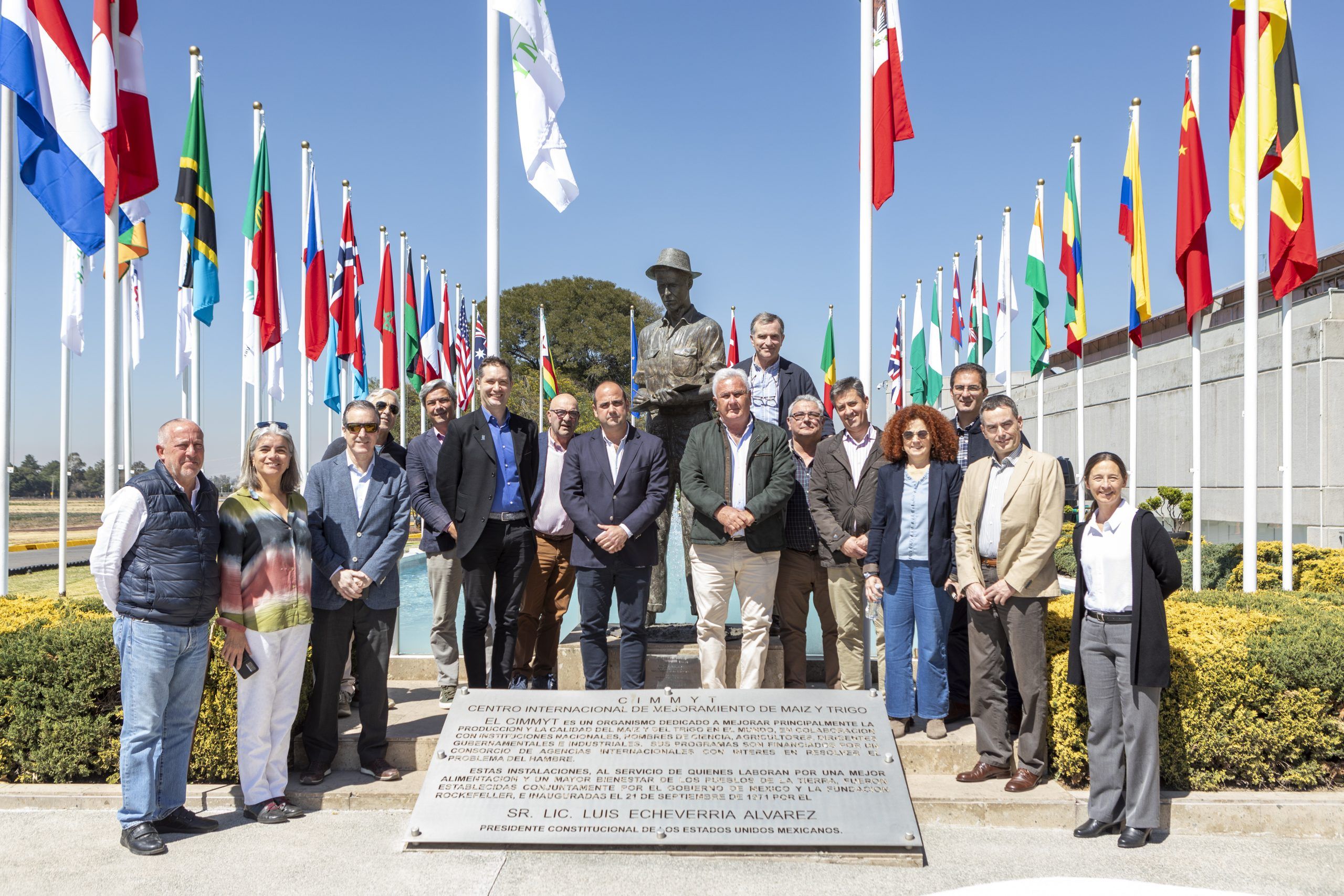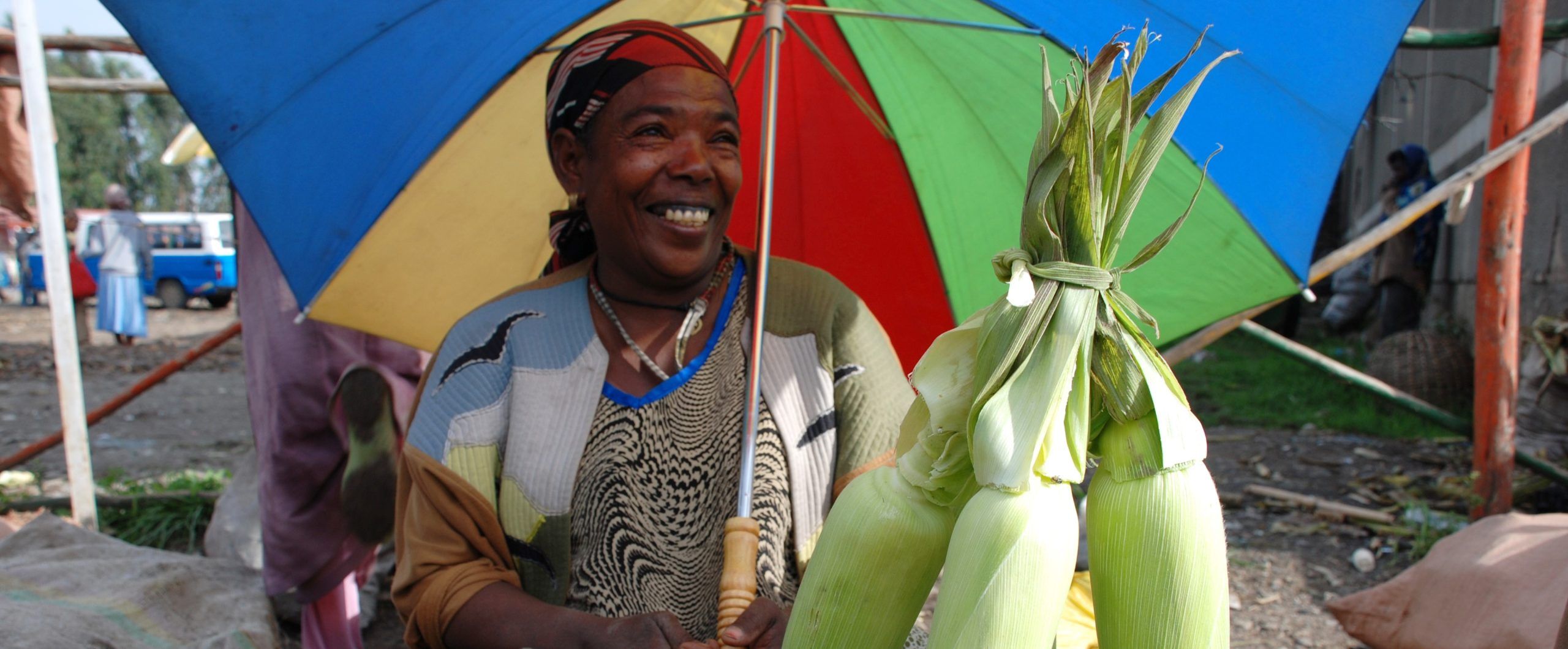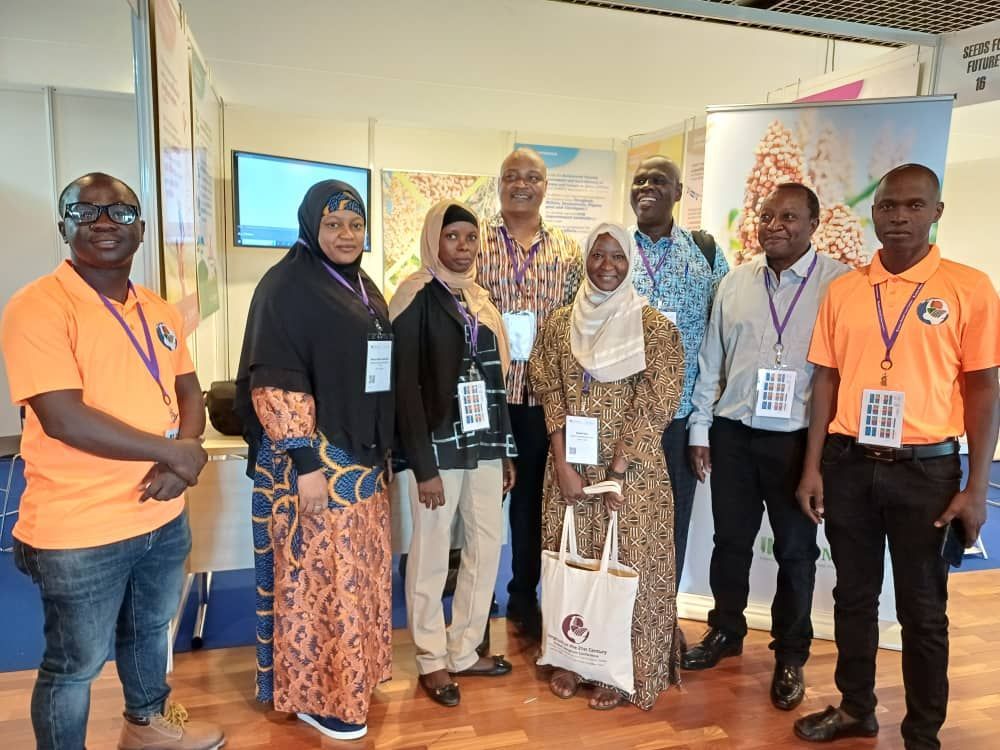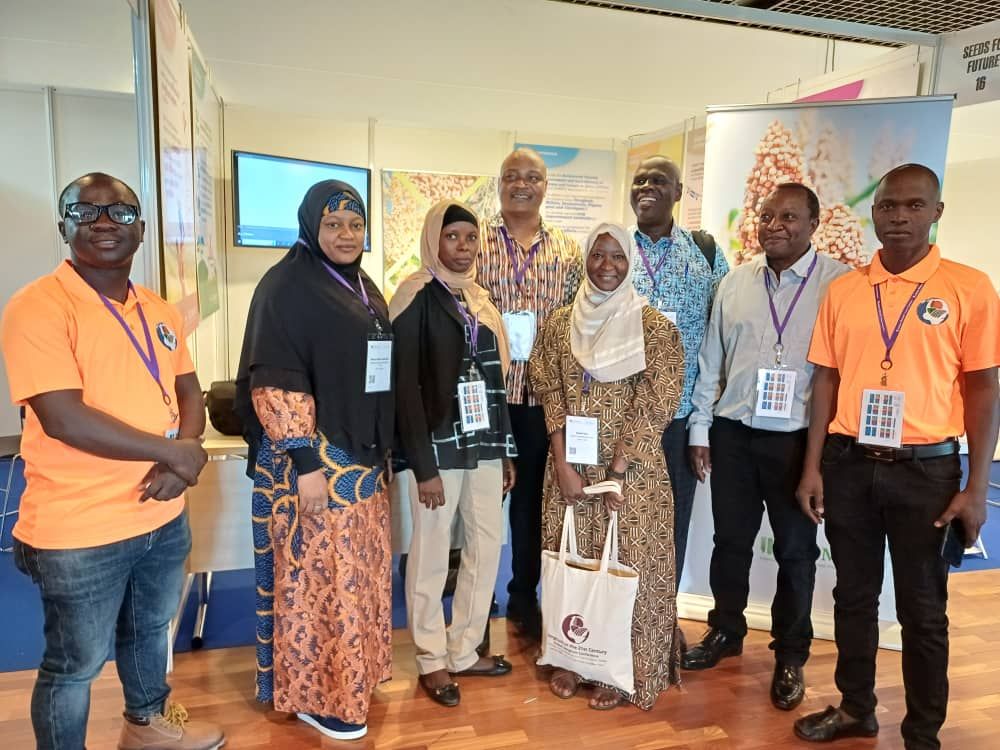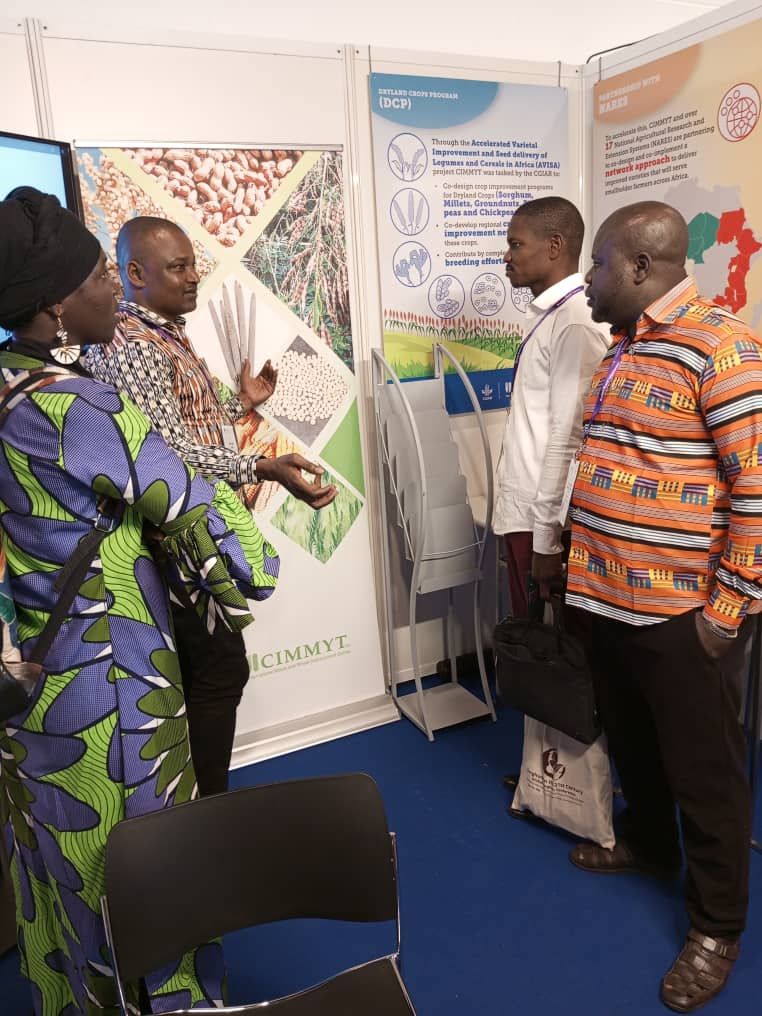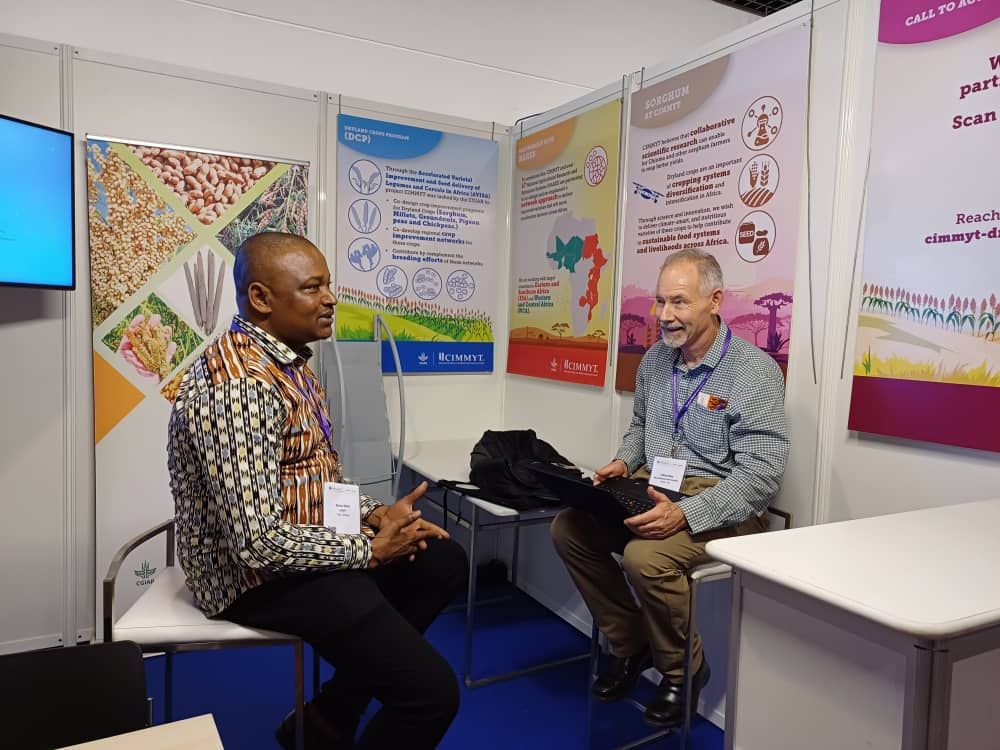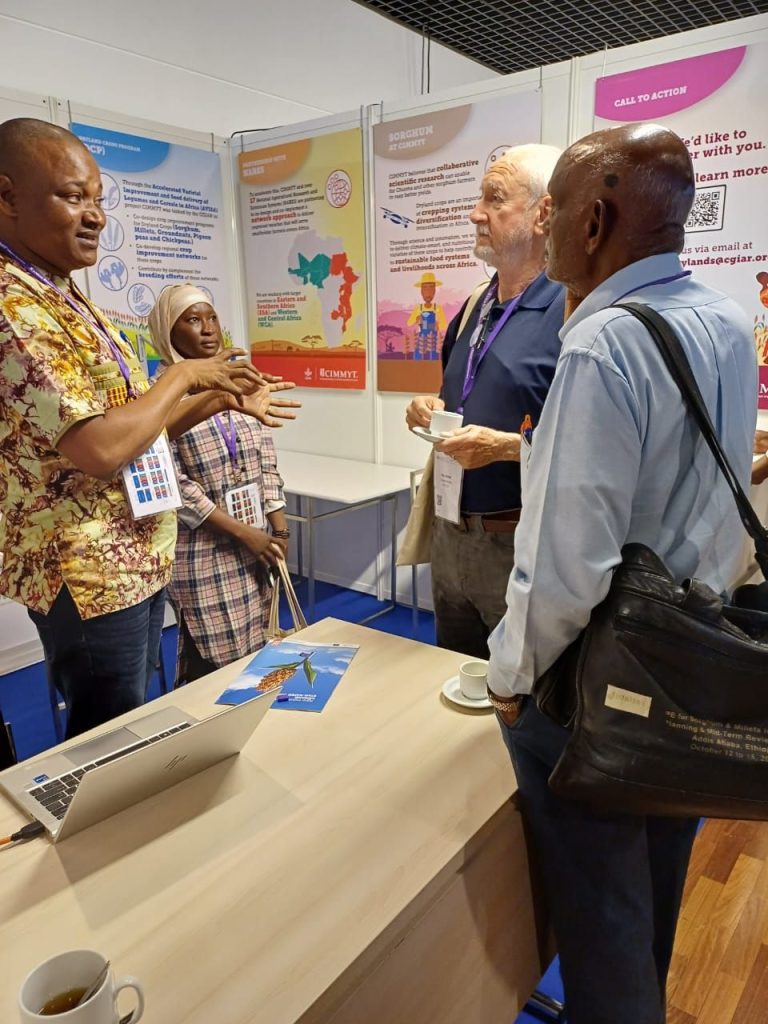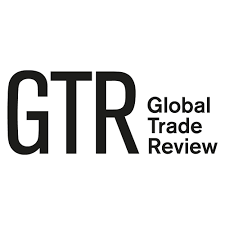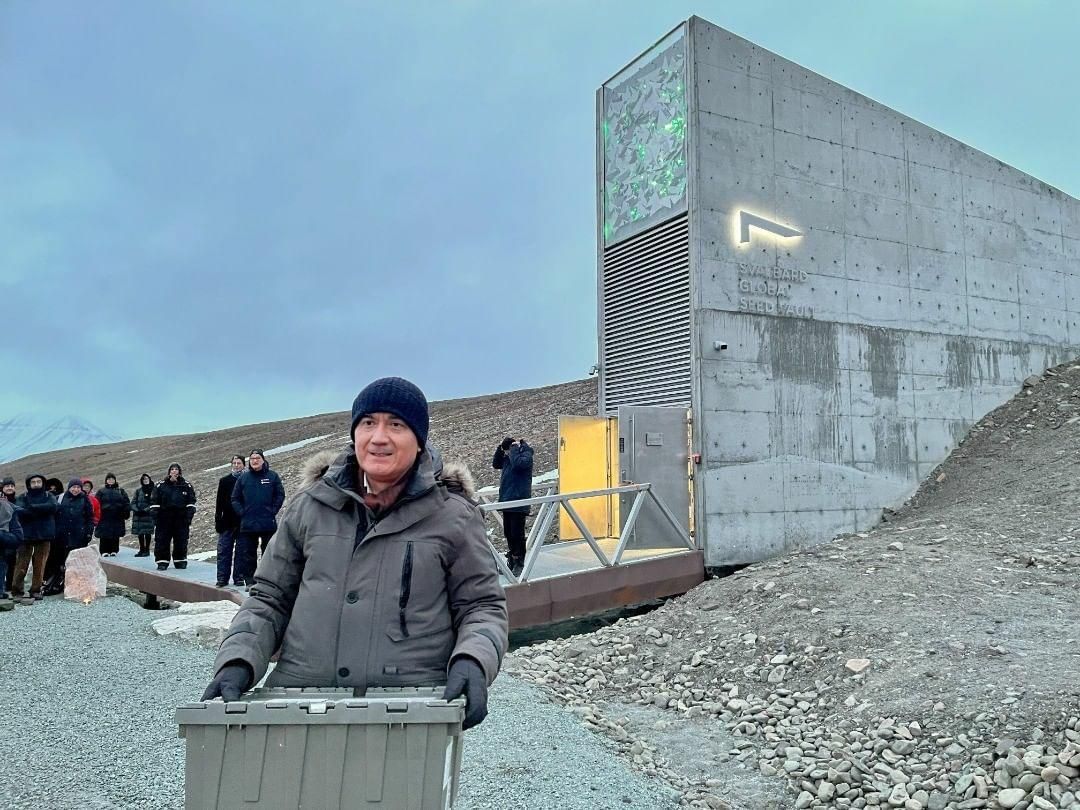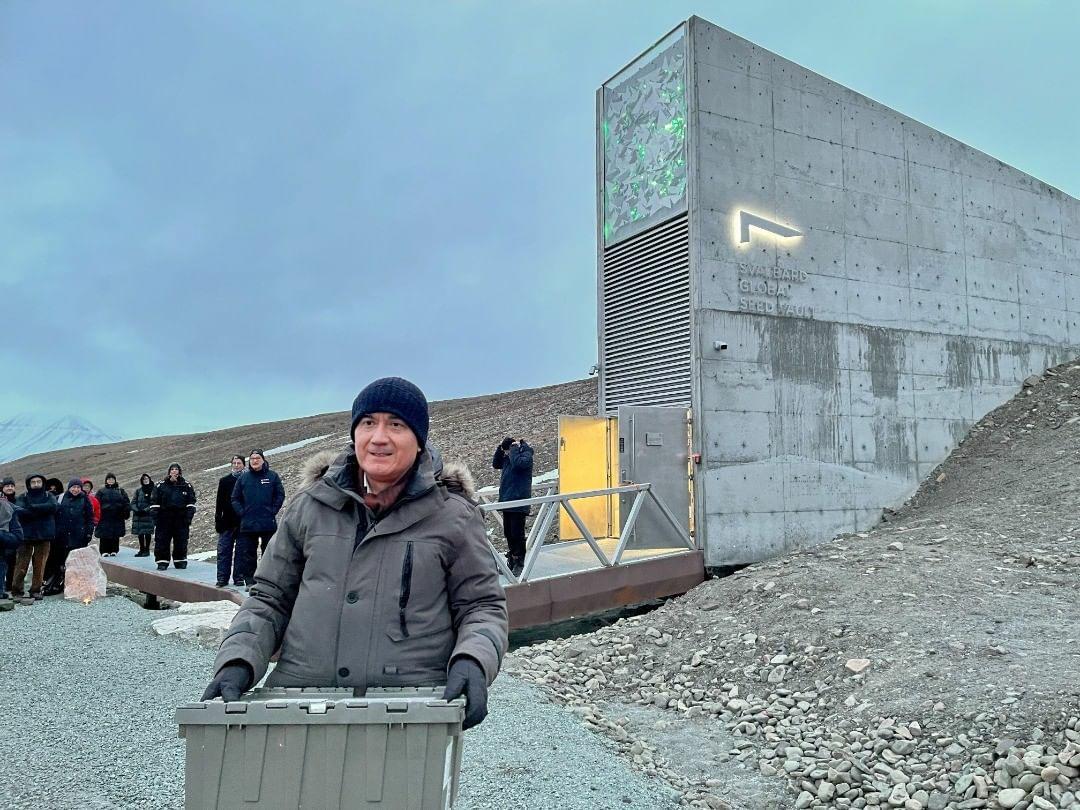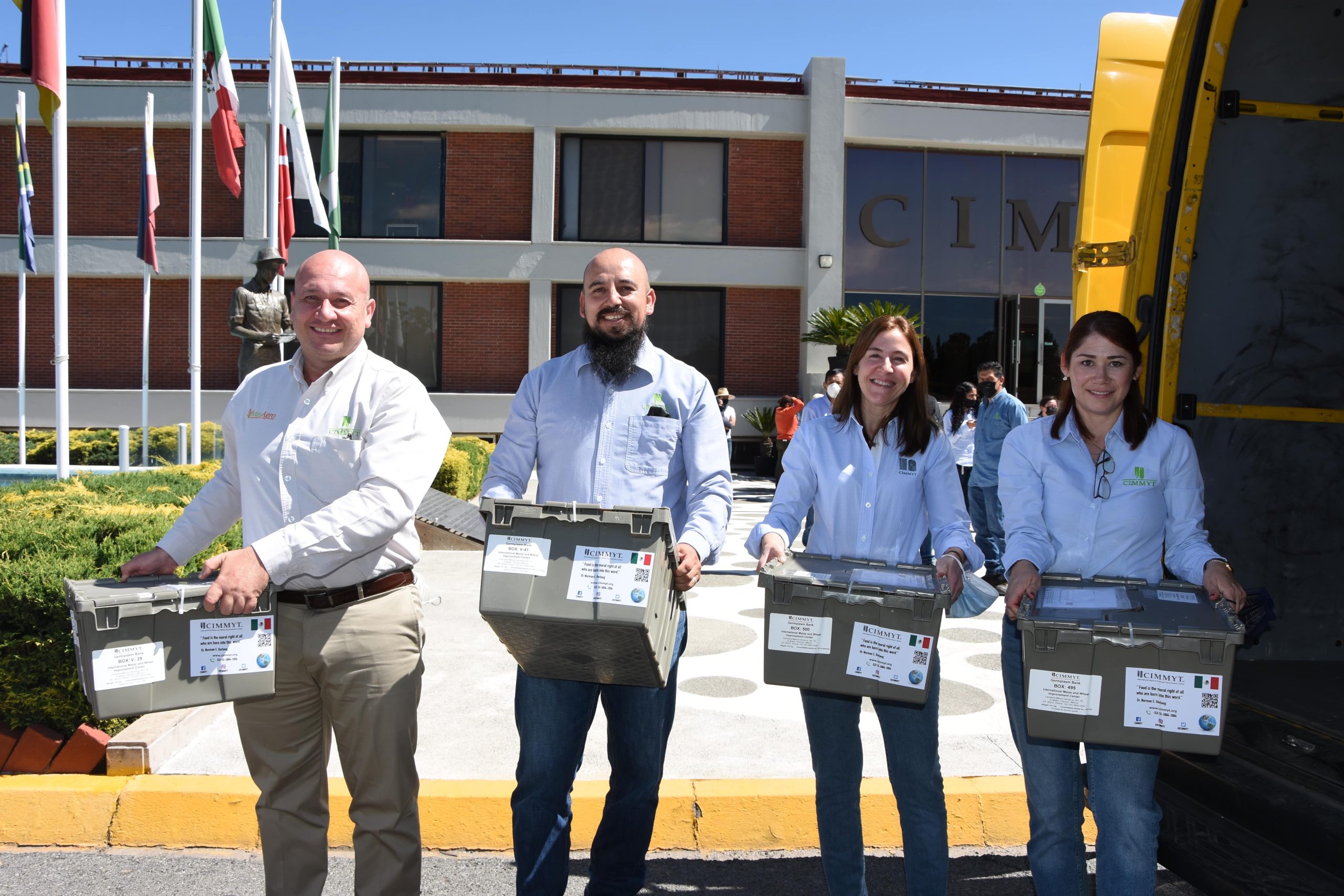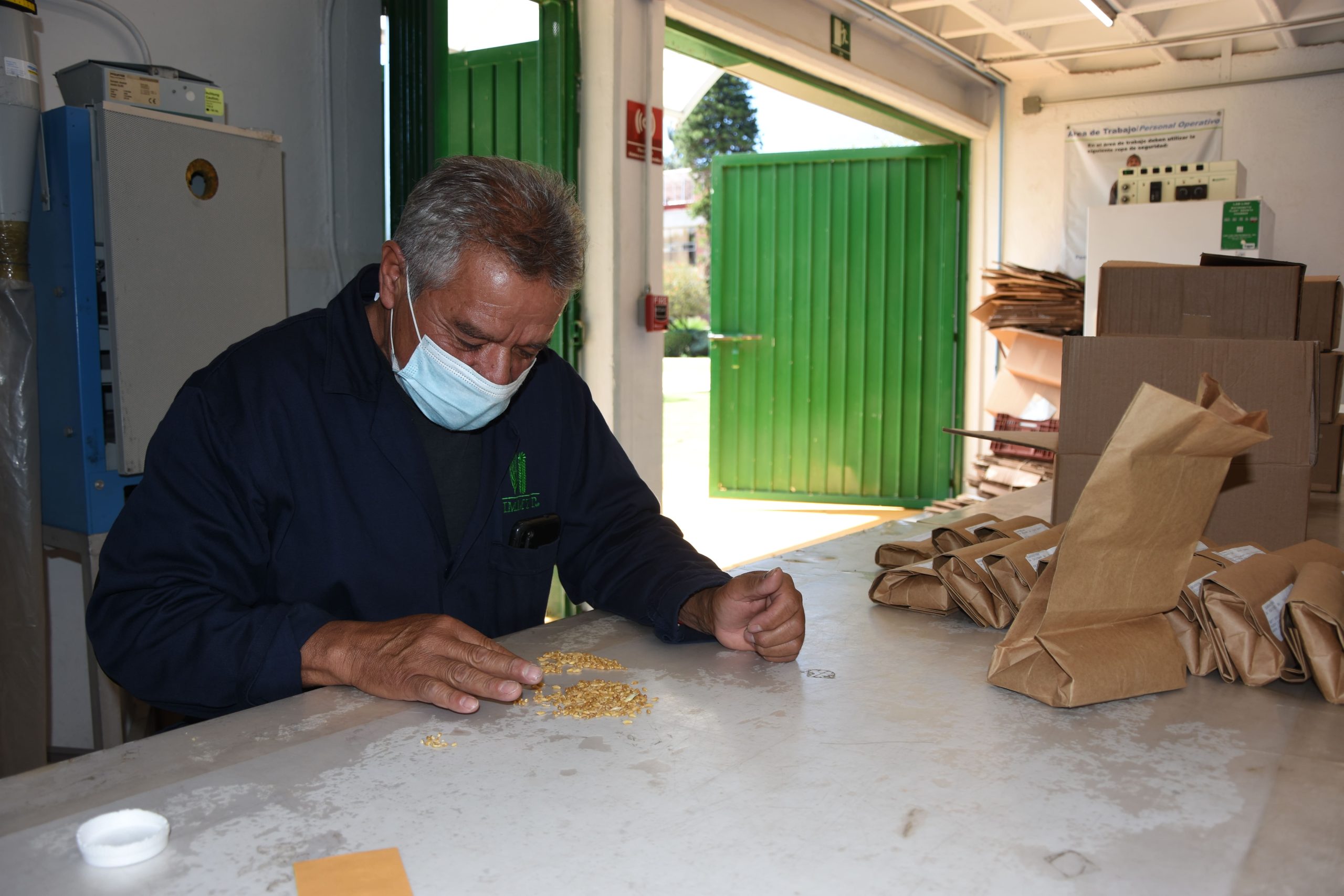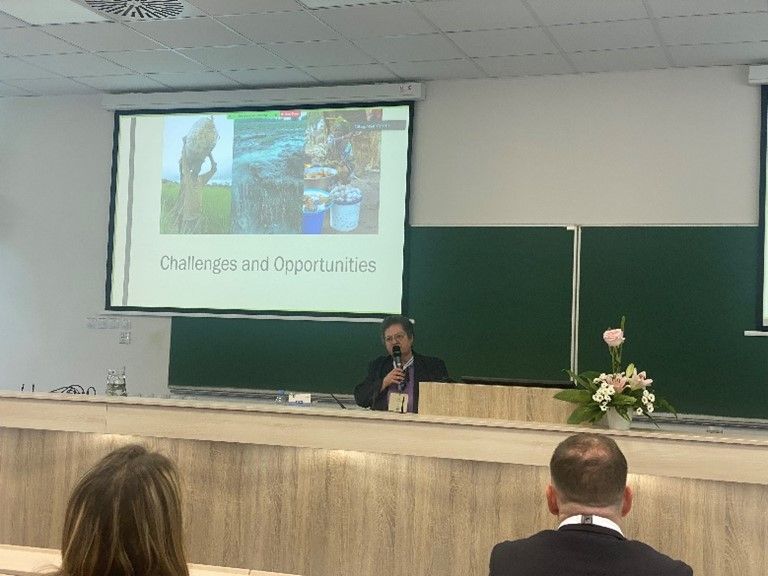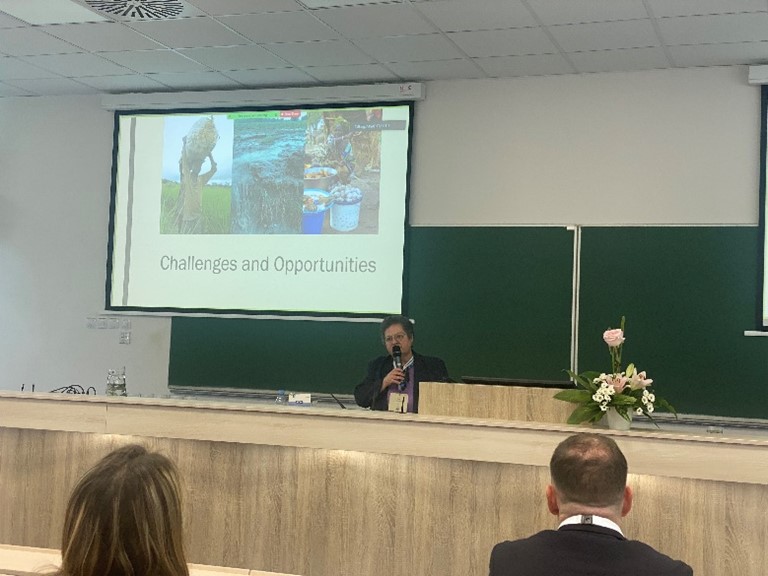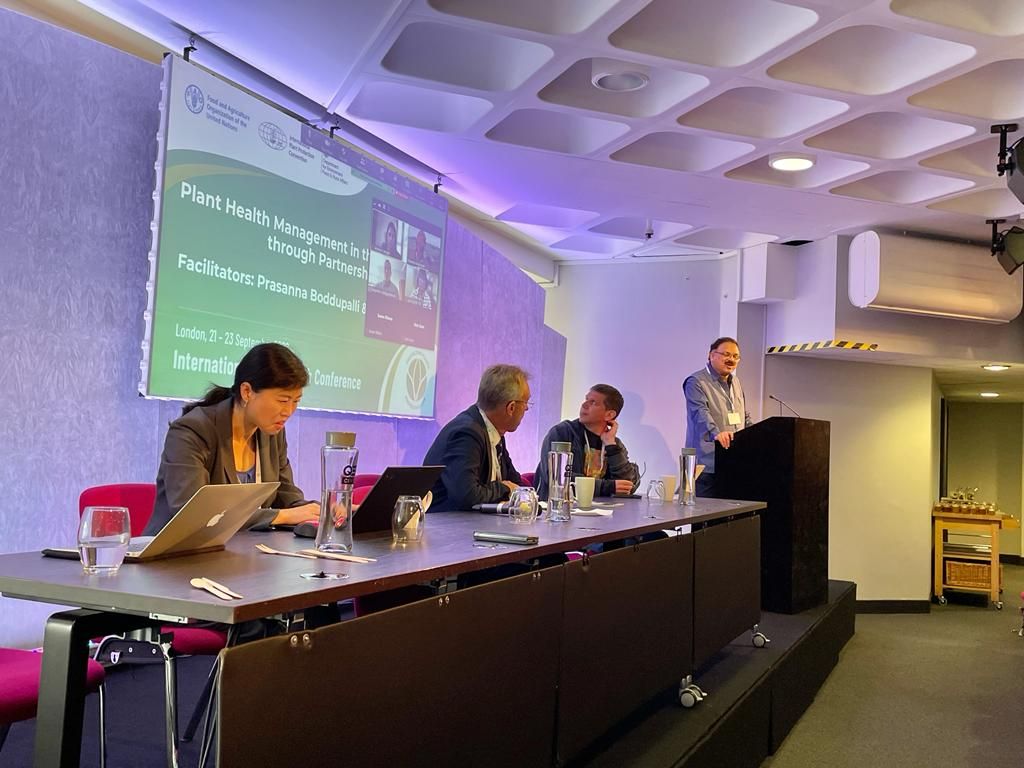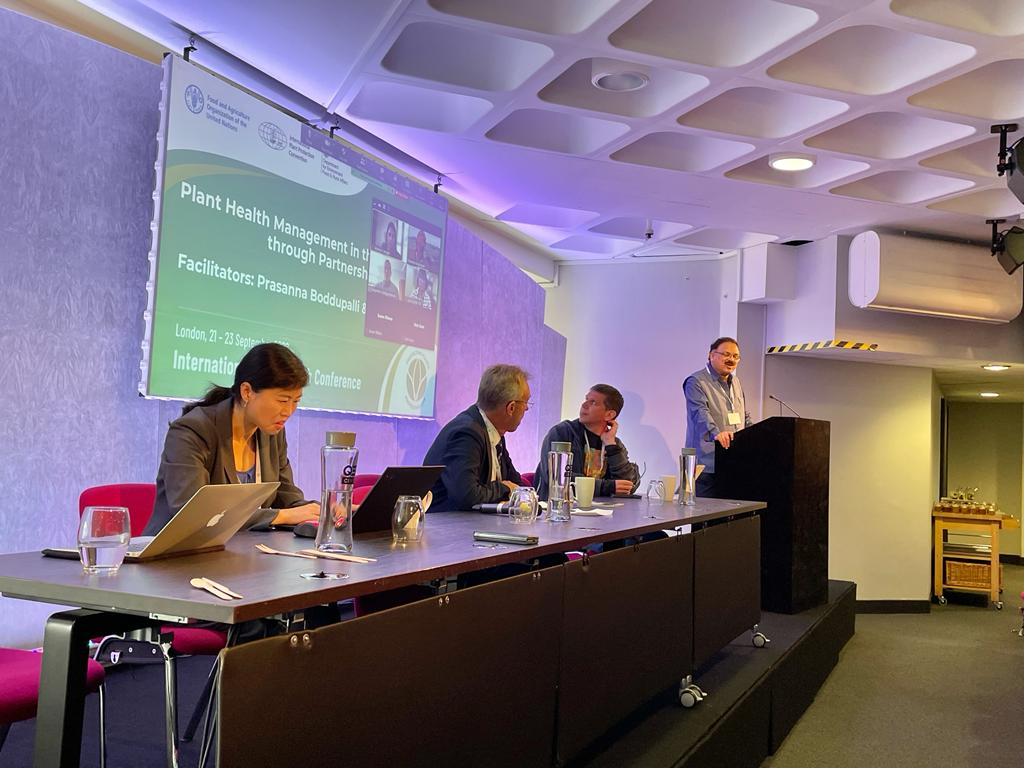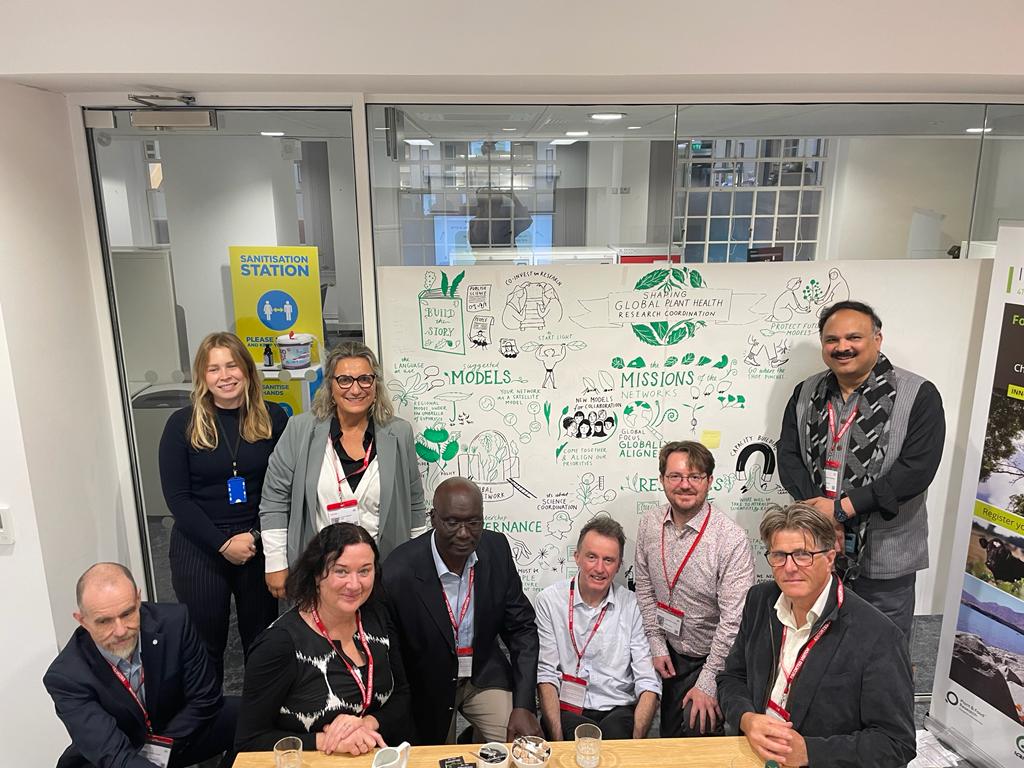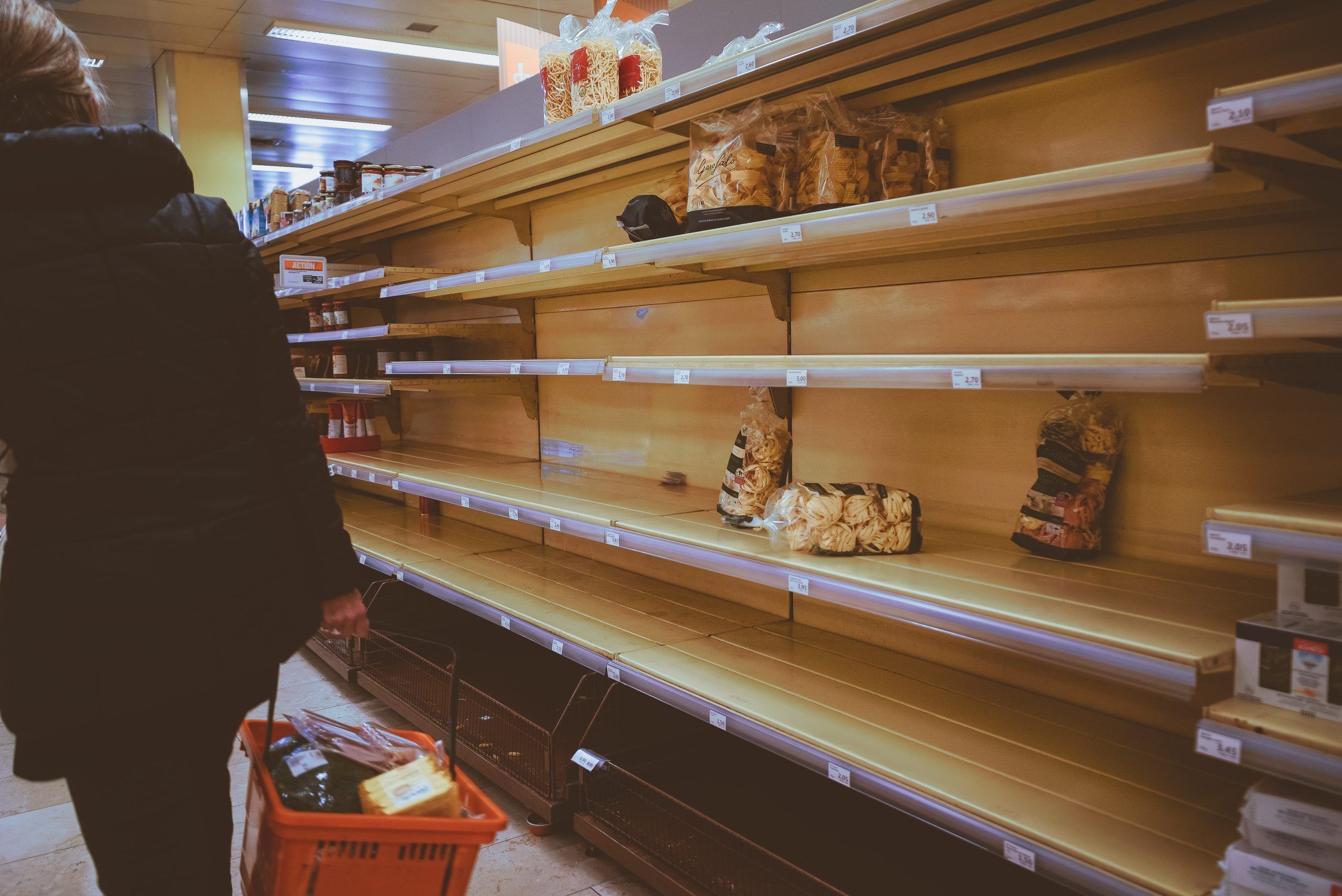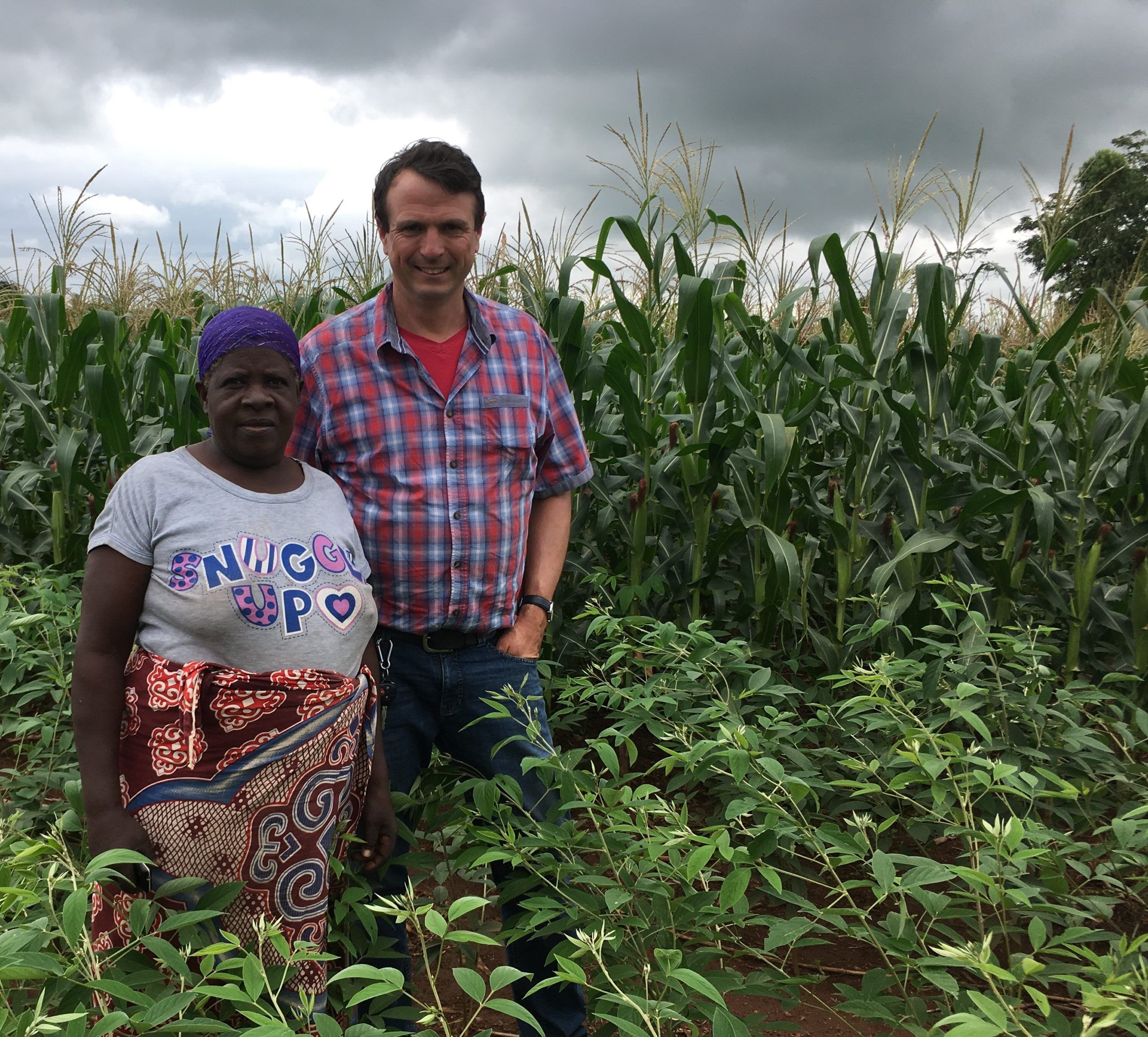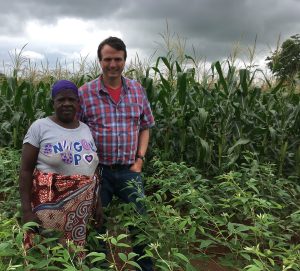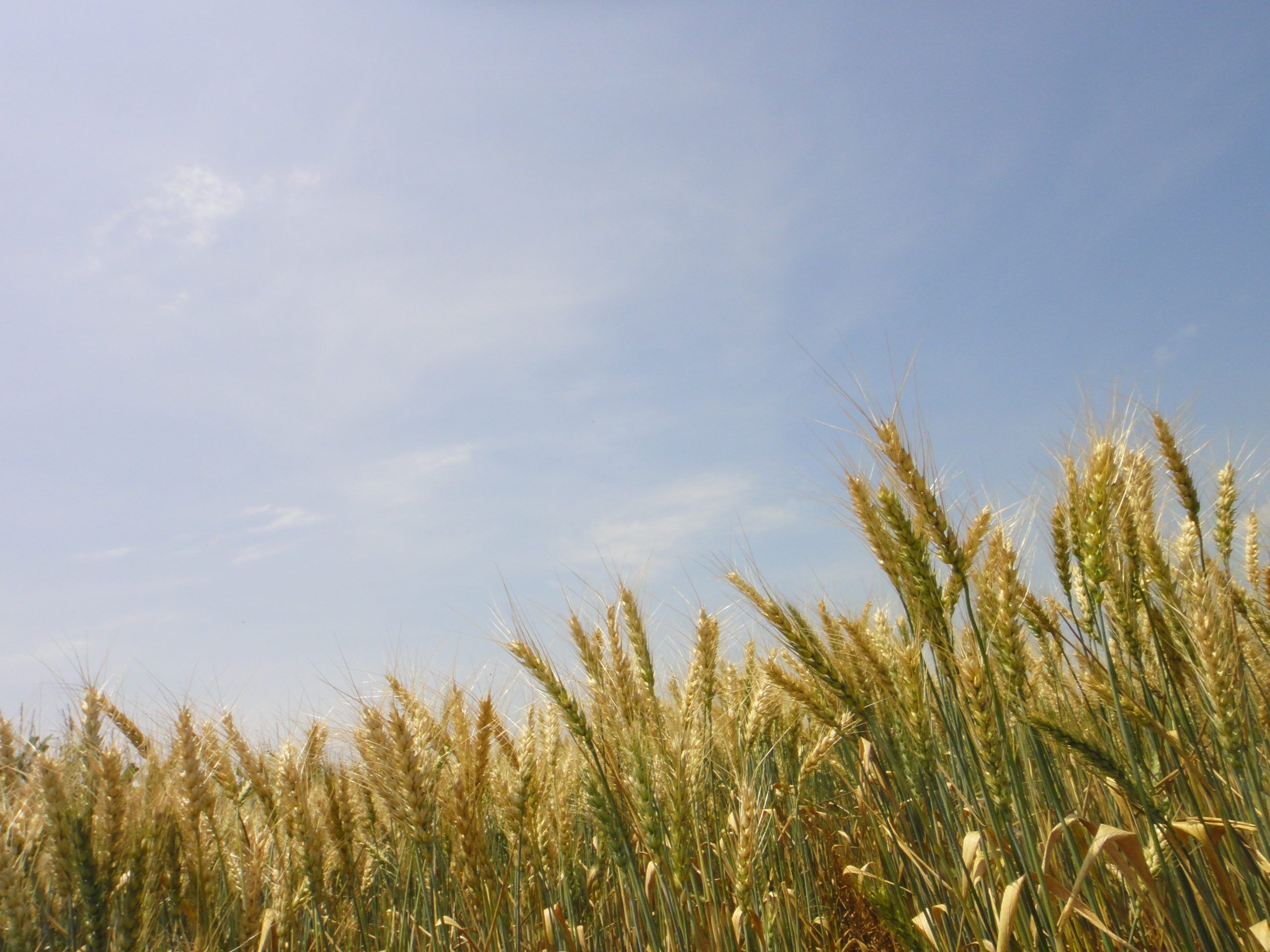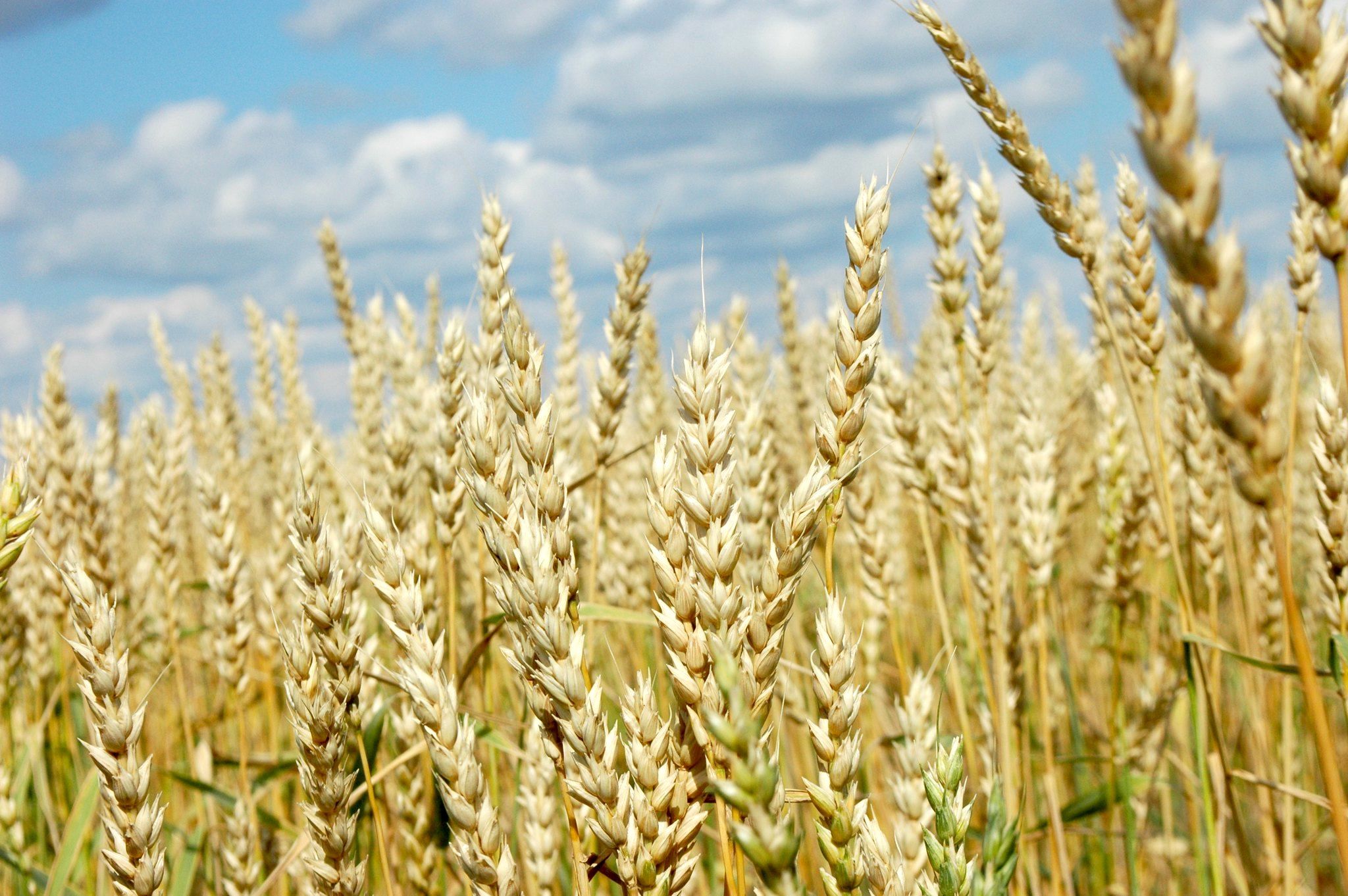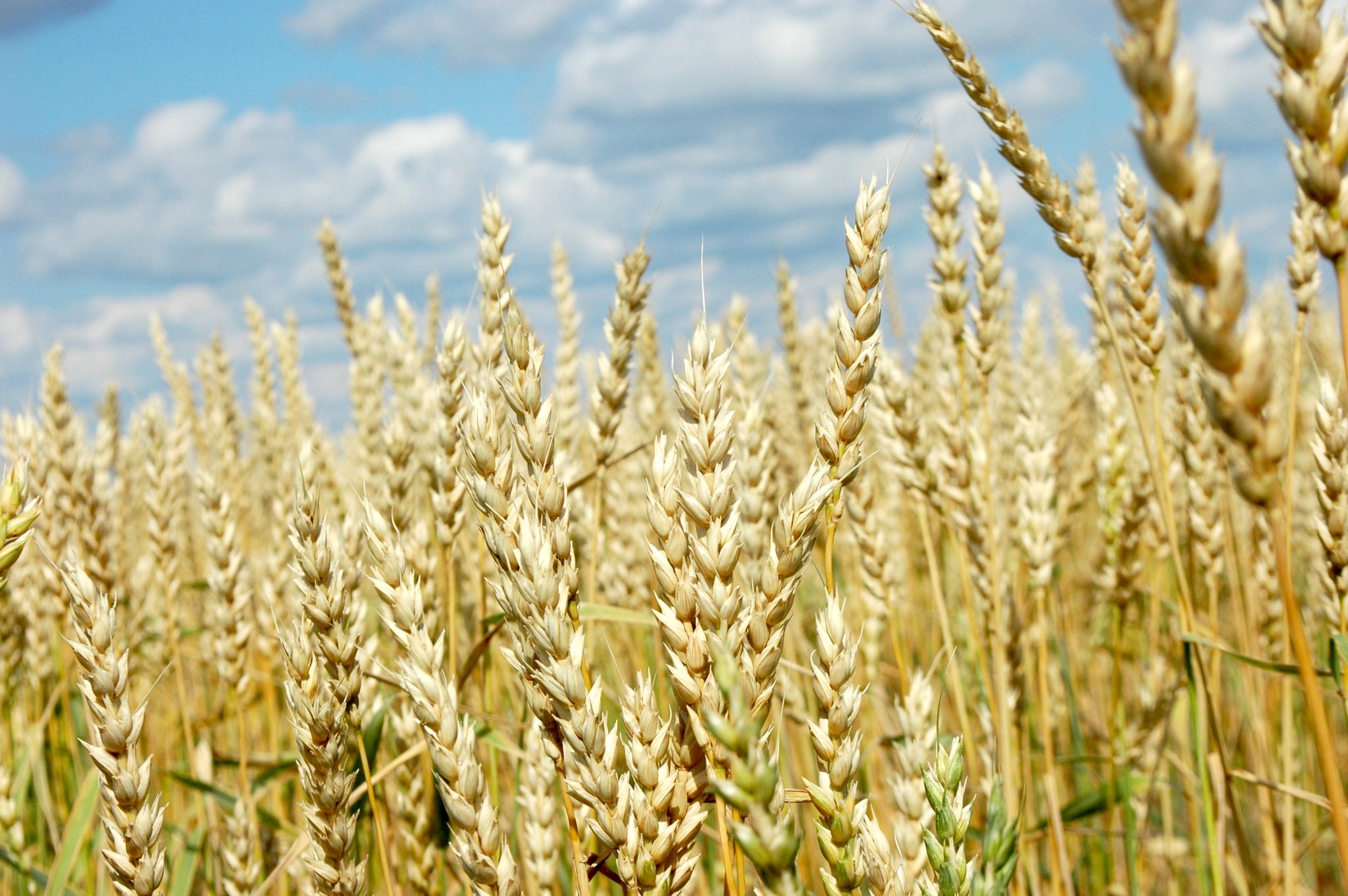Accord of international center and Spanish cooperative seed supplier will bolster farmers’ access to climate-resilient wheat in the Mediterranean Basin
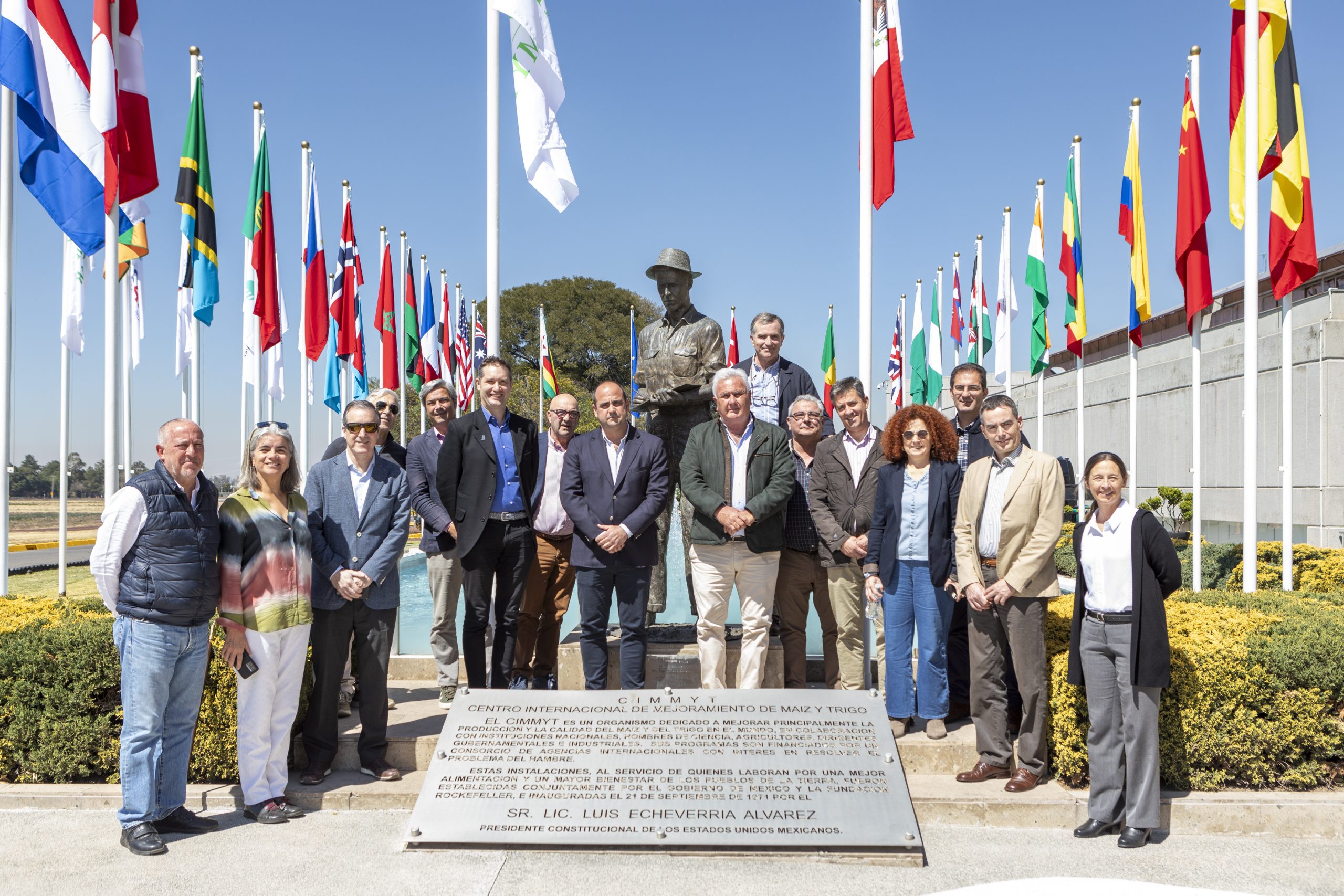
A new agreement between a leading Spanish seed company, Agrovegetal, and the international research center CIMMYT will help safeguard the regional availability of high-yielding, climate-resilient varieties of wheat, the region’s vital food staple.
The agreement was signed on 21 February 2024 at the Mexico headquarters of CIMMYT, a non-profit organization whose breeding contributions are present in half the maize and wheat varieties sown in low- and middle-income countries.
It comes at a time when severe drought threatens wheat crops in Southern Europe and North African nations such as Algeria, Morocco, and Tunisia and imports of wheat grain from traditional suppliers —Russia, the EU, Ukraine, and the US—are costly and constrained.
Since its formation in 1998 as a conglomerate of seed-producing cooperatives and a few industrial partners, Agrovegetal has been testing hundreds of CIMMYT breeding lines of bread and durum wheat (the latter used for pasta and couscous) and triticale (a wheat x rye hybrid) and returning high-quality data each year on the performance of this germplasm.
“The erratic rainfall, droughts, and crop disease patterns of Andalucía in southern Spain, where Agrovegetal tests the lines, are very much like those of North Africa, an important target region for CIMMYT genetics and agronomic solutions” said Bram Govaerts, director general of CIMMYT. “This new agreement, which guarantees the Agrovegetal-CIMMYT partnership through 2028, thus helps ensure CIMMYT’s capacity to offer outstanding, well adapted lines for the Mediterranean region, including North Africa’s national breeding programs, a great boon to farmers and consumers’ economies, food security, and nutrition.”
For its part, after several years of testing, Agrovegetal registers the most promising CIMMYT lines as improved varieties in Spain and markets their seed to members of its cooperatives.
“For us, the contributions of CIMMYT are invaluable,” said Ignacio Solis Martell, the company’s technical director. “Thanks to CIMMYT’s exceptional genetic material, Agrovegetal has become synonymous with resilience in Andalusia. Our varieties are renowned for their performance in the face of adversity, whether it be disease, drought, or other challenges.”
According to Govaerts, Agrovegetal offers an excellent model for burgeoning private seed enterprises in North Africa and elsewhere. “It shows how farmers, seed producers, and industry can join forces, skills, and resources to control seed, a critical factor in food production.”
